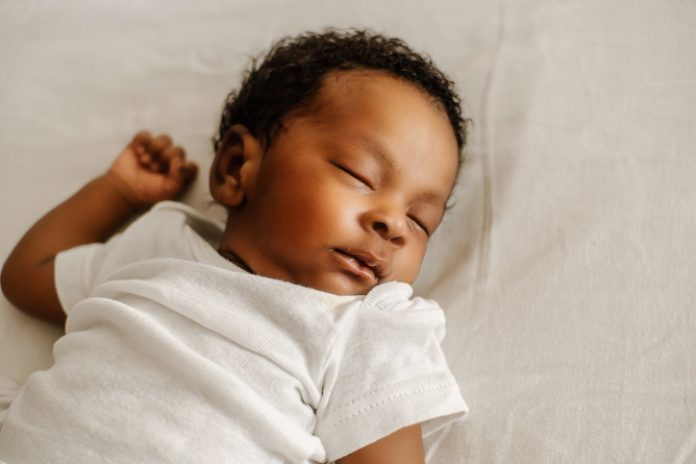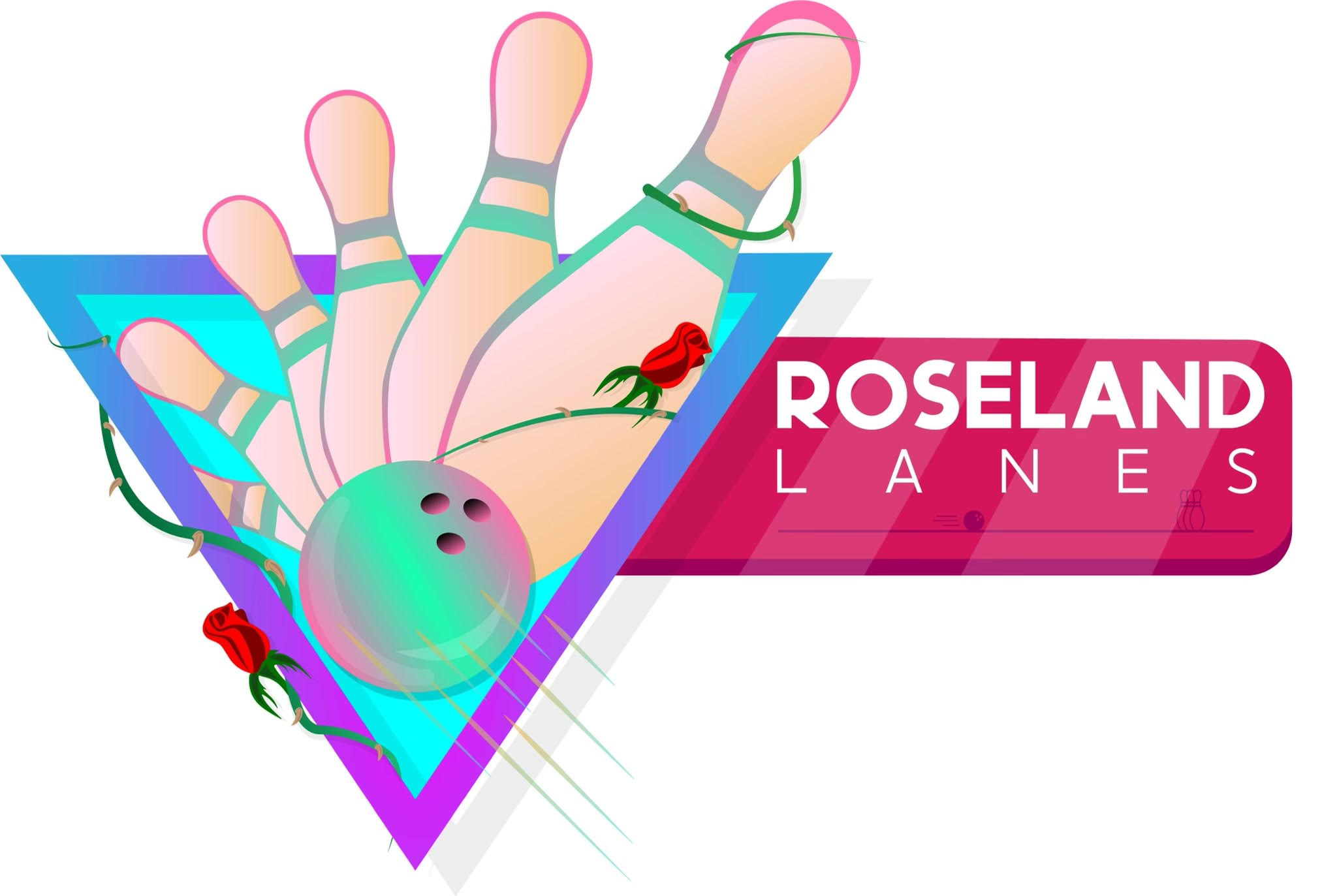Parents may not plan to co-sleep with their children, but sleep deprivation, lack of sleep schedules, and exhaustion all can have detrimental effects. Parents may fall asleep with them after snuggling up together while reading a book or while feeding their infants. Most parents can agree how tiring those early days are after their baby comes home from the hospital delivery experience. They settle into the comforts of their home, attempting to establish a routine and baby has other plans for them. Parents are ready for sleep but little Baby Michael wants to party. Many babies have their days and nights mixed up and do not have any consistency in a sleep routine. Those early days can be exhausting. Having a support system of friends and family can be helpful. Without additional helpers, intentional or unintentional co-sleeping can result. So what if co-sleeping is more harmful than parents realize?
October is Sudden Infant Death Syndrome and Safe Sleep Awareness Month, raising awareness through educating the public about safe sleep routines for infants and children. Infants and children who do not have a safe sleep environment tend to have higher instances of Sudden Infant Death Syndrome (SIDS). Discussing risks and tips to reduce SIDS is crucial to its prevention.
According to the National Institute of Health, “3500 infants die annually from sleep-related infant deaths including SIDS.” There are informative websites offering myths and facts in eleven different languages to help educate the public –https://nichq.org/safe-infant-sleep-and-breastfeeding-myths-and-facts. “Sudden Unexpected Infant Death Syndrome (SUID) is two times higher for American Indians, Alaskan Natives, and Non-Hispanic black babies than of white babies,” according to the National Institute for Children’s Health Quality.
Dr. Nilong Vyas, Sleep expert and Pediatrician/MD at Sleepless in NOLA and Medical Review Expert at SleepFoundation.org has made it her mission to educate parents about the risks of not having a designated safe sleep environment for infants and children. Infants and children who reside in a home with second hand smoke exposure, co-sleeping, or are still in their developmental stages once born are most at risk for SIDS. Dr. Vyas offers tips on reducing risks of SIDS on her website at https://www.sleeplessinnola.com/post/safe-sleeping-practices-for-reducing-the-risk-of-sids
Dr. Nilong Vyas explains, “Co-sleeping, especially bed-sharing with a child under one-year-old, is not recommended as it poses a significant risk of injury to the child. However, room sharing is a safer alternative that can improve the child’s safety while sleeping. Many parents unintentionally end up co-sleeping because they start feeding their child while lying in bed and accidentally fall asleep with the infant. Although the infant may sleep better next to the mother, this habit poses a significant risk to the child’s safety.
*All items, including loose-fitted sheets, blankets, pillows, lovies, or other objects, should be removed from the crib space. The crib should be empty, with only the baby and a snugly fitting fitted sheet.
*Setting alarms for the mother to wake up in case of accidentally falling asleep with the baby in bed can help. By doing so, not only are you protecting the baby but also ensuring that the mother will not accidentally roll over the baby, and the baby will not fall out of the bed or become trapped or entangled in the sheets.
As a pediatrician who has seen cases of Sudden Infant Death Syndrome (SIDS) and close calls to Sudden Unexplained Death in Infancy (SUDI), Dr. Vyas strongly recommends against co-sleeping. To request an interview with Dr. Vyas, please contact press@sleepfoundation.org.
Although Sudden Infant Death Syndrome is a concerning problem, educating families will help decrease the number of SIDS cases each year. Follow the tips suggested for safety, ask for help, or contact Dr. Vyas or your pediatrician, for guidance in reducing your infant’s risk of SIDS.





















